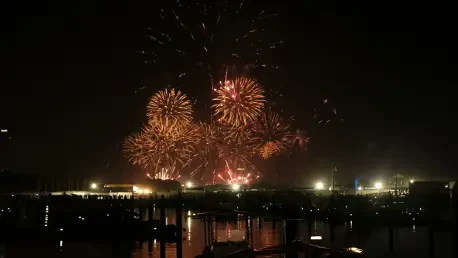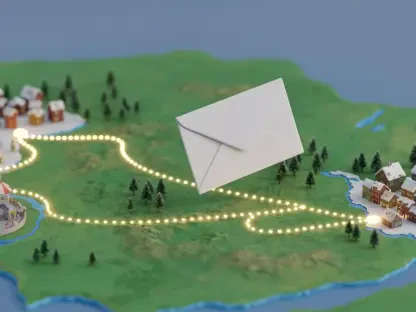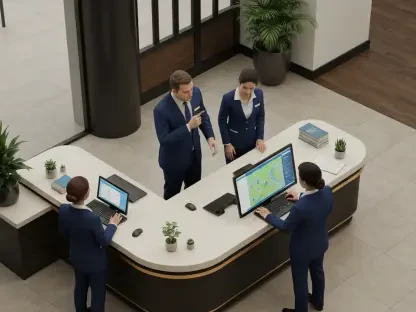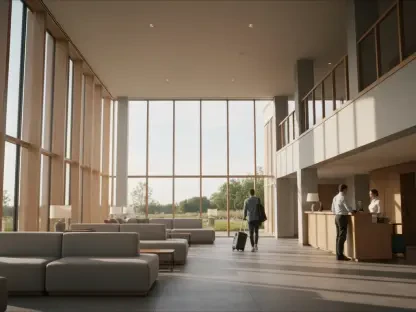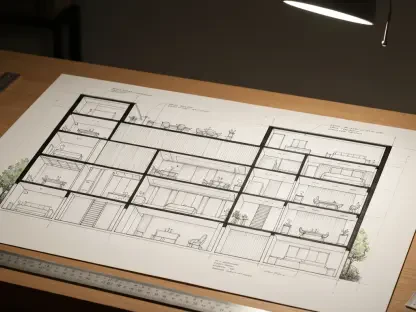Katarina Railko, a seasoned expert in hospitality and event management, joins us to delve into the recent findings from the Oswestry Town Council’s review of their 2024 Fireworks Display. With extensive experience in the travel and tourism industry, Katarina offers unique insights into what makes events successful and the common pitfalls they face. This interview unpacks the key issues identified in the report, providing deep-dive explanations and future-forward solutions that organizations might consider when faced with similar challenges.
Can you explain the main reasons that led to the lack of structured planning for the fireworks display?
In events like this, structured planning often gets overshadowed by excitement and assumptions based on previous years’ attendance. It seems the planning for the Oswestry Fireworks Display underestimated the potential crowd size, skipping critical processes for thorough preparations. Sometimes, when event details and contingencies are not revisited regularly, it can lead to complacency, resulting in a lack of detailed planning.
How did the unexpectedly large crowds impact the event’s safety measures?
The large crowds had a significant impact on safety measures in several ways. When attendance surpasses expectations, resources like security, medical aid, and crowd control can become severely strained. This kind of scenario increases risks, such as the potential for injury in overcrowded areas and difficulties in managing emergency situations due to overwhelmed staff.
What were some specific safety issues that prompted the delay of the fireworks display?
The delay stemmed from multiple safety issues, primarily the difficulty in securing a safe perimeter for the fireworks. With so many attendees, ensuring that everyone was within the designated safe zones was challenging. Additionally, there likely were concerns about emergency vehicle access, which must be unobstructed throughout an event.
How did the lack of sufficient security personnel contribute to the problems experienced during the event?
A shortage of security staff can lead to several problems, including uncontrolled entry points, inadequate response to potential emergencies, and overall poor oversight. Insufficient personnel can also contribute to communication breakdowns, where vital information fails to reach key responders quickly enough to mitigate risks.
In what ways was communication ineffective on the night of the event?
Effective communication is crucial for managing large events, and its breakdown can cause chaos. Reports suggest that communication on the event night was reactive rather than proactive, meaning staff may not have been adequately informed or prepared for unexpected situations, such as the necessary details regarding crowd control or emergency procedures.
How does the council plan to implement more robust advance event management planning for future events?
The council is looking into bolstering event management strategies by adopting a more detailed framework for future planning. This includes a greater emphasis on risk assessment and contingency planning, ensuring all event aspects are critically analyzed and prepared for, which should help mitigate unforeseen issues.
What kind of training will be provided to ensure staff understand their roles and responsibilities during events?
To enhance preparedness, it seems the council will introduce comprehensive training programs. These will likely cover emergency response procedures, communication protocols, and role-specific responsibilities, ensuring that each staff member is well-informed and ready to act under pressure.
Why did the report highlight the suitability of the location as a contributing factor to the issues faced?
The location often dictates logistical possibilities and limitations. If a venue is not adequately equipped or designed to handle a specific crowd size, problems naturally arise. The report suggests that while the traditional location worked in the past, it may not meet the needs of larger modern events without significant adjustments.
Can you elaborate on the challenges posed by overcrowding at free event spaces?
Overcrowding at free events can lead to numerous challenges, including compromised safety, insufficient facilities, and reduced attendee satisfaction. When events are free, they can attract more people than anticipated, resulting in an inability to control or predict crowd numbers, leading to logistical nightmares.
How might ticketing and entrance fees help manage attendance numbers for future events?
Introducing ticketing, even with a nominal fee, is a practical way to manage attendance. It allows organizers to limit and monitor attendee numbers more precisely, ensuring they are within a safe and manageable range. Plus, it provides more accurate data for planning resources and personnel allocation.
Has the council made any immediate changes based on the recommendations from the review?
The council has swiftly taken several actions to address the issues highlighted in the review. This includes procedural modifications to enhance safety and communication for upcoming events, such as the recent Christmas gatherings, where measures were successfully tested.
What were some specific actions taken to ensure the Christmas events went smoothly and safely?
For the Christmas events, the council implemented stricter crowd-control measures and improved signage and information points to guide attendees. They also increased the number of on-ground staff and security to ensure a physically safe environment, enhancing the overall event experience.
How does the council plan to use feedback from attendees to improve future events?
Feedback is crucial for development, and the council plans to thoroughly analyze attendee input from surveys and social media. This information helps pinpoint areas of success and those needing improvement, shaping strategies to build more satisfying and safer events in the future.
What are the next steps for determining the future of the Oswestry Fireworks Display?
Moving forward, the council will weigh recommendations from the report alongside public sentiment to decide the future of the fireworks display. This involves careful deliberation on whether modifications, such as a different location or structured ticketing, need to be incorporated.
How will the new council be involved in deciding the future of this event?
The incoming council will play a pivotal role in shaping future directions. They’ll review past outcomes, consider stakeholder suggestions, and ultimately decide on the best course of action to ensure the event evolves and aligns with both safety standards and community expectations.
Do you have any advice for our readers?
Always approach event planning with a comprehensive mindset. Expect the unexpected, listen to feedback, and keep safety and satisfaction as top priorities. Whether hosting a local fête or a grand festival, thorough preparation and flexibility will pave the way for success.
